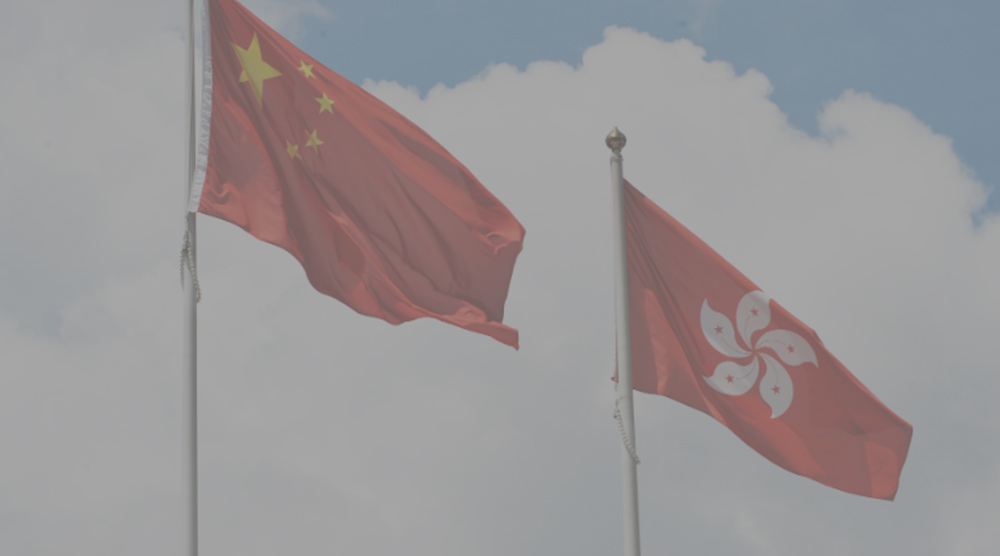Foreign fund managers have been increasingly eyeing China’s asset management industry, amid rapid growth of wealth and liberalisation of the capital markets. Specifically, China’s capital markets and funds industry have undergone major changes over the last two years. Assets in domestic public mutual funds have grown 10-fold in 10 years and now control US$1.2 trillion.
Chinese retail investors are naturally biased towards domestic funds. However, stock market volatility, coupled with currency devaluation, dominated China’s financial markets in 2015. It is now clear is that there is strong appetite from them to invest abroad, be it for asset or currency diversification.
Foreign managers now have a platform to raise mainland assets following passage of the Mutual Recognition of Funds (MRF) initiative in July 2015. MRF primarily excuses foreign fund managers from entering into a joint venture (JV) with a mainland bank, securities firm, brokerage house or fund manager. JVs had been a major disincentive for many foreign managers looking towards China as it was often costly and presented significant operational due diligence issues.
Almost one year after launching the MRF, it has met with lacklustre demand. As of today, thirty-two southbound fund managers have been authorised by SFC and only six Hong Kong managers have been approved by CSRC.
The initial fund managers, who have applied for MRF licence, are those which already had distribution experience and network in China. For foreign fund managers, many of them do not have that set up and are taking a wait-and-see approach. They are assessing how the first movers are doing and how the MRF initiative is playing out, before making the first move.
For the initiative to gain traction, a couple of key challenges need to be addressed. The first is educating the stakeholders in China, including distributors and investors.
Many Chinese investors are home biased and are used to investing through local bank distributors. It is going to take time to attract the Chinese investors to invest in foreign funds. The key is putting more effort into sales and marketing of these MRF products, not only to investors, but more importantly to the distributors and investment advisors.
Initial observation is that most of the distributors and financial advisors in China do not understand the MRF and the benefits of the initiative. Even if some of them do, the front-line staff are not well equipped and trained to introduce and sell the products to investors. Therefore, approved MRF products have yet to be actively promoted in China.
The second challenge is setting up trade processing and settlement operation model. The difference in the levels of fund automation in Hong Kong and China is an issue for foreign managers tapping into the growing mainland market.
The fund management industry is a relatively new industry in China, hence it has been automated from the start. On the contrary, Hong Kong is amongst the least advanced in terms of funds automation. Only a handful of funds distributors and insurance companies having adopted straight-through processing (STP). The Hong Kong-based fund managers need to change fast in order to be ready for the MRF.
In addition to the automation levels, China operates with very different processing standards and market practices to Hong Kong. The segregation of accounts may be the most obvious difference, but there are many more. It is critical for foreign fund managers to adopt the right operating model in order to best maximise success in the long run.
Since December 2015, a handful of managers in both Hong Kong and China have attained authorisation and this trend is likely to continue. We believe MRF will expand both from a product perspective and a geographical perspective.
Further liberalisation is to be expected on the product side. At present, only basic investment strategies are eligible for the initiative. However, there is still potential that the initiative will be extended to more sophisticated asset classes, as regulators become more comfortable.
Additionally, it is anticipated that MRF will follow a similar path as the previous Chinese liberalisation measures, such as the Qualified Foreign Institutional Investor initiative, which has gradually been made available to more countries. It is well-known that discussions to extend MRF are underway with the UK and other jurisdiction such as Australia and Singapore could follow.
China’s asset management industry is expected to experience more changes, as the liberalisation continues to rumble on. The fund management industry must reconsider its approach to addressing the industry challenges if they are to successfully tap into the growing market in China.
First published in The Asset 25/05/16 (http://www.theasset.com/viewpoint/31265/mrf-opportunities-still-to-be-realized)




















